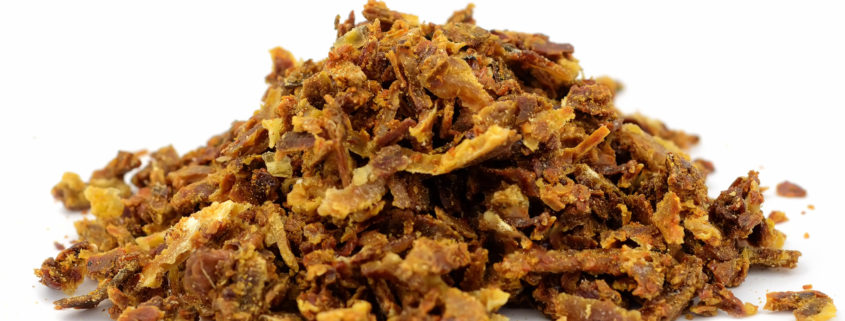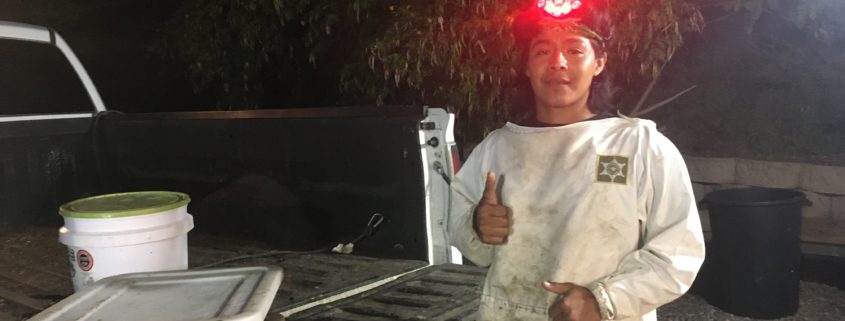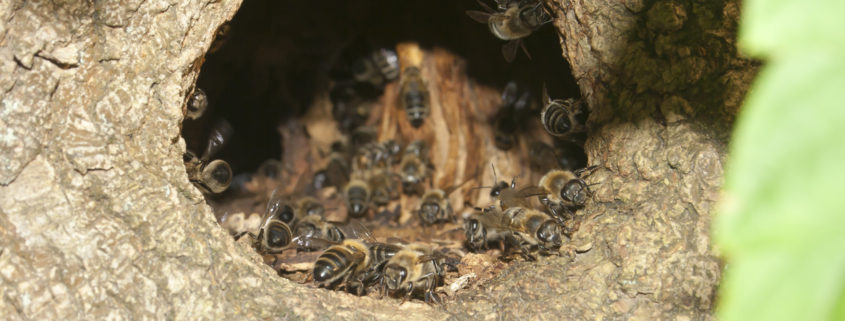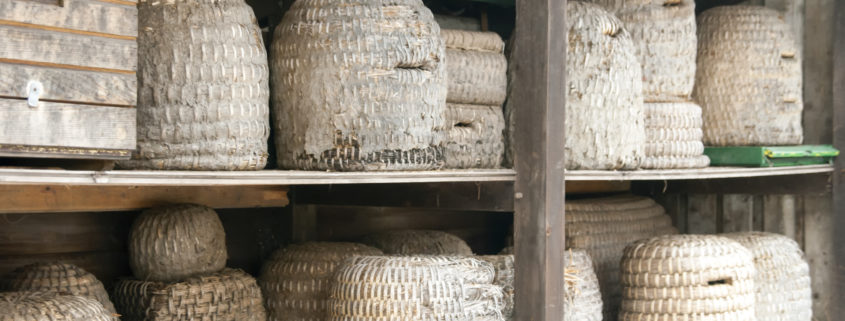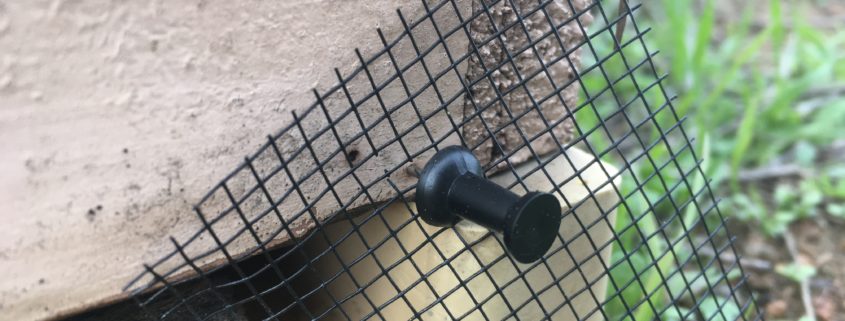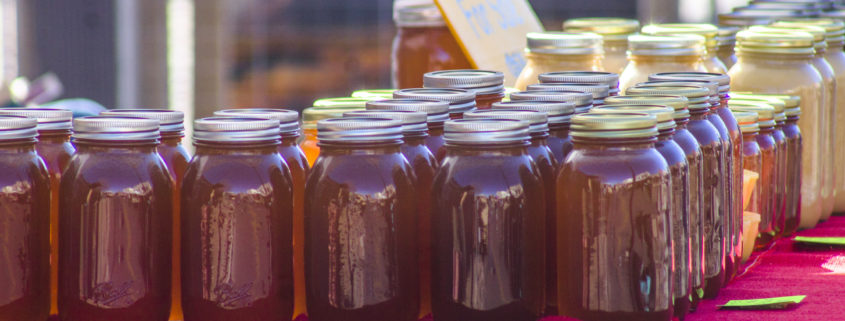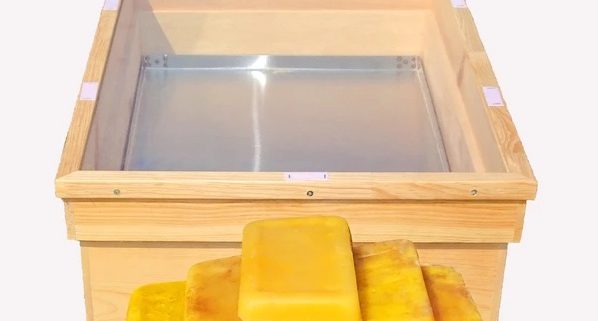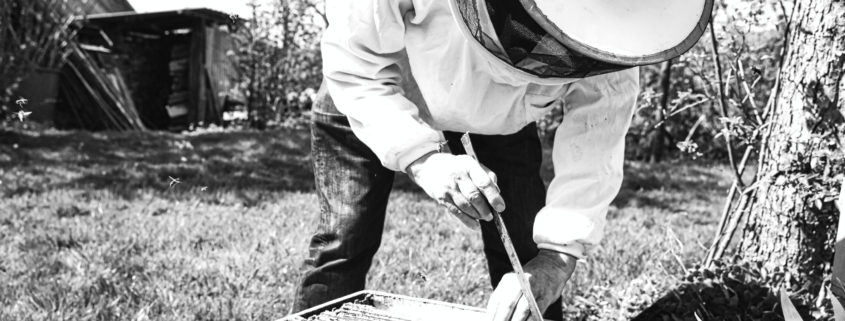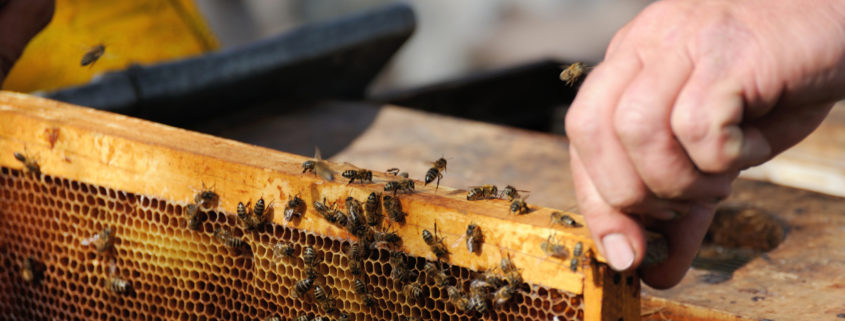Propolis
Of all the substances that bees collect, such as water, nectar and pollen, it is propolis whose role is most mysterious and perhaps least understood.
Actually, bees do not collect propolis, they collect plant gums and resins that they convert into propolis. In the United States, most of these resins and gums come from cottonwood or other poplar blossoms. North American honeybees also commonly collect plant gums from pine resins.
Trees themselves use their resins as a protection against bacteria, fungi or other pathogens, and the bees’ use is not much different. Bees collect resins and convert them into propolis, which they use to coat and seal their hives, providing a shell of antimicrobial protection to the hive. In a natural beehive, such as one that is inside of a tree hollow, the bees often coat the entire casing of the interior of the hollow with a sheet of propolis.
This propolis coating not only provides the colony with a layer of bacterial and fungal protections, but it also is a valuable substance that the bees can use to seal up small spaces and cracks inside of a colony. This helps keep the hive secure from small predators, such as ants. It also helps to secure or close alternative entrances to keep the colony well defended.
Propolis is a sticky gum at room temperature, but a hard, brittle material when chilled. Its antimicrobial properties have made it a medicinal substance for human cultures throughout the years. Even today, many health food supplements, particularly those for coughs and throat irritation, contain propolis from the bees.

